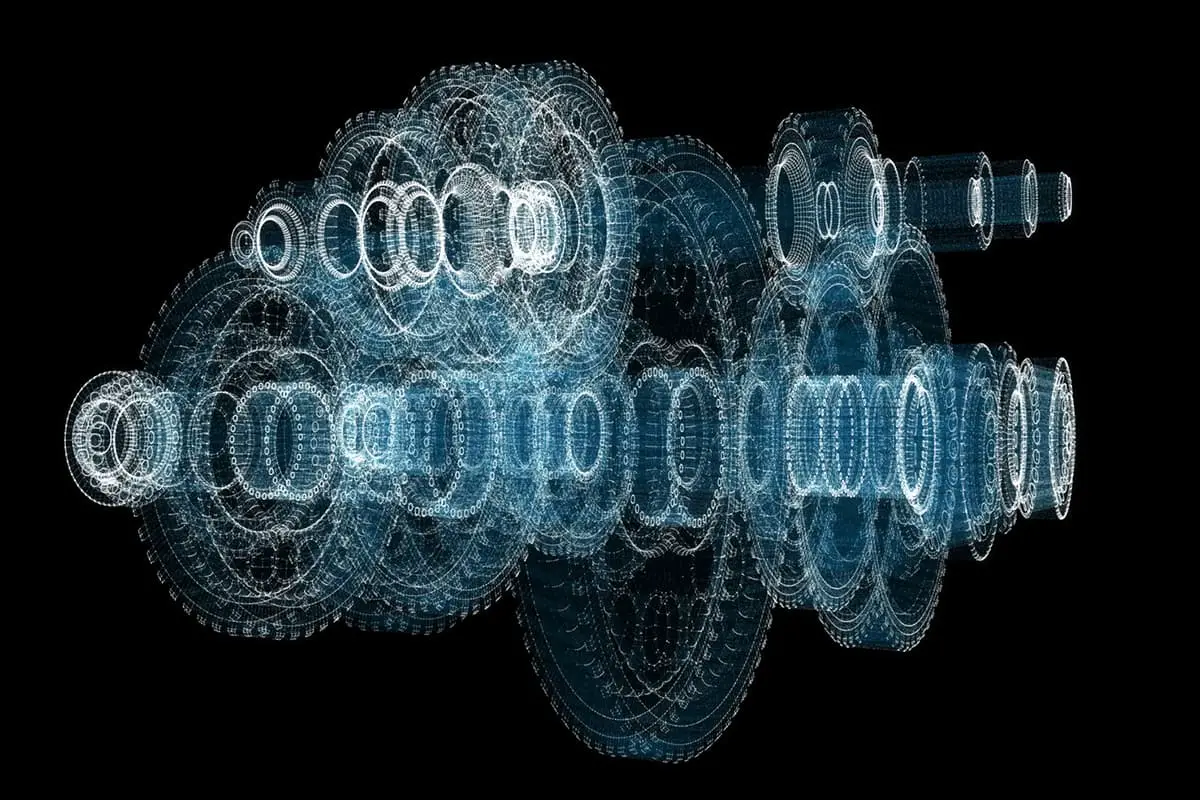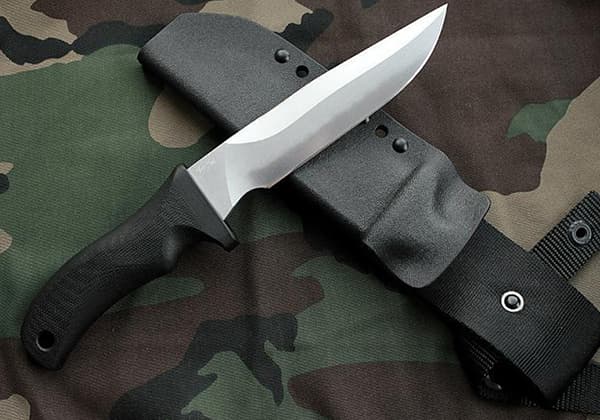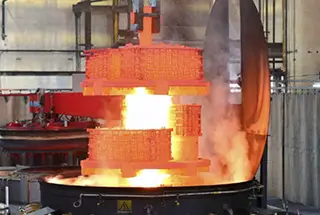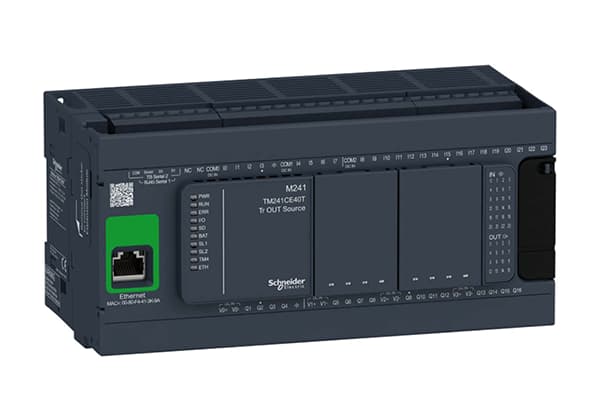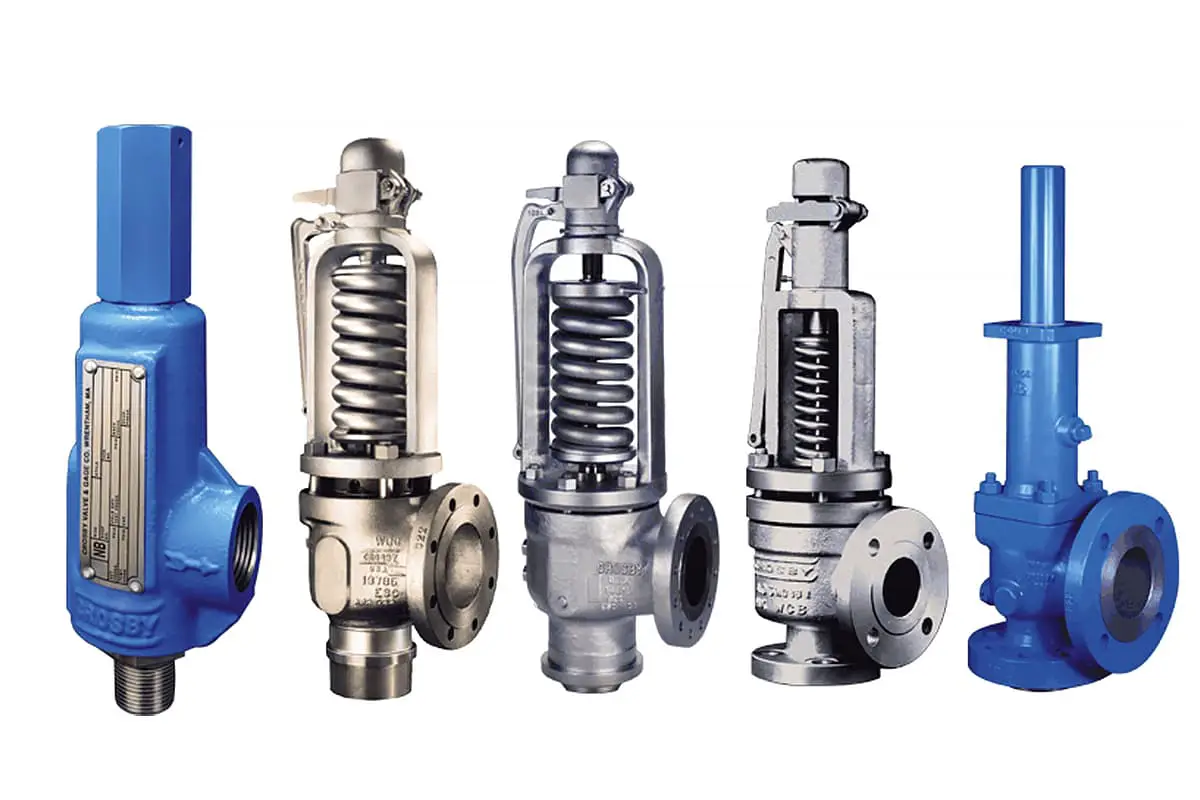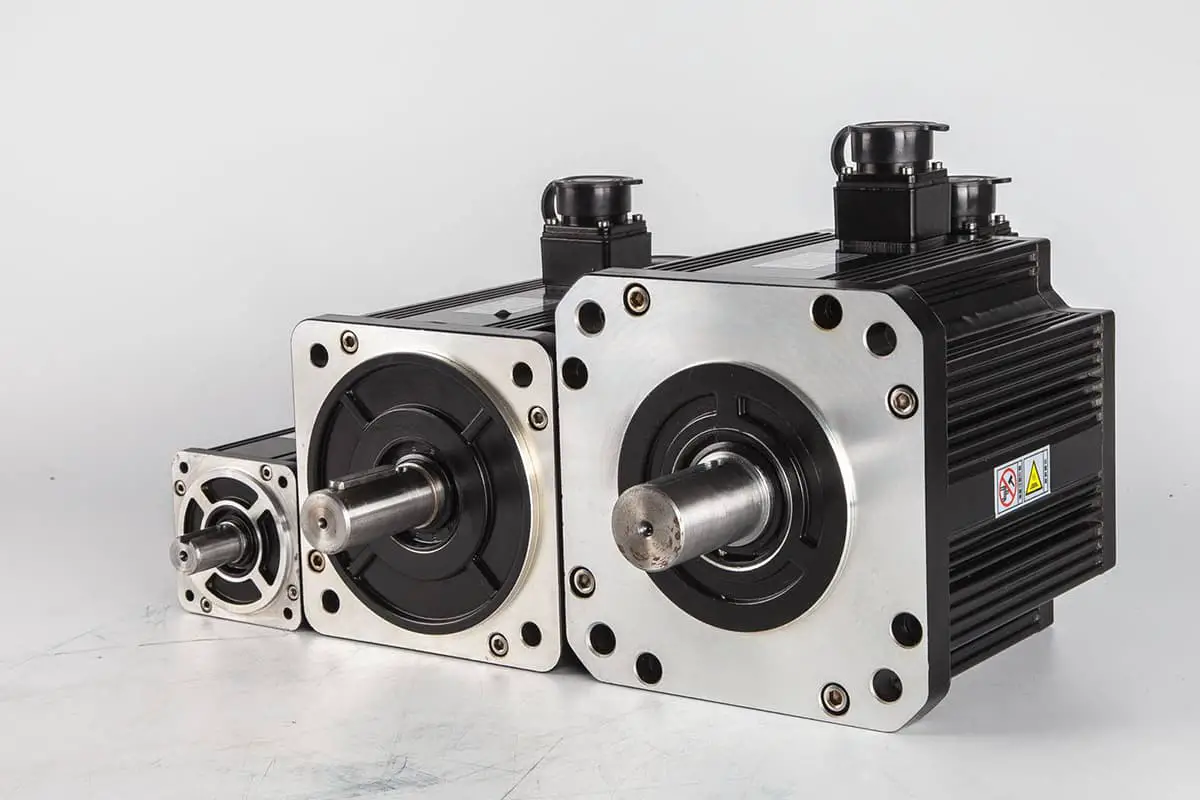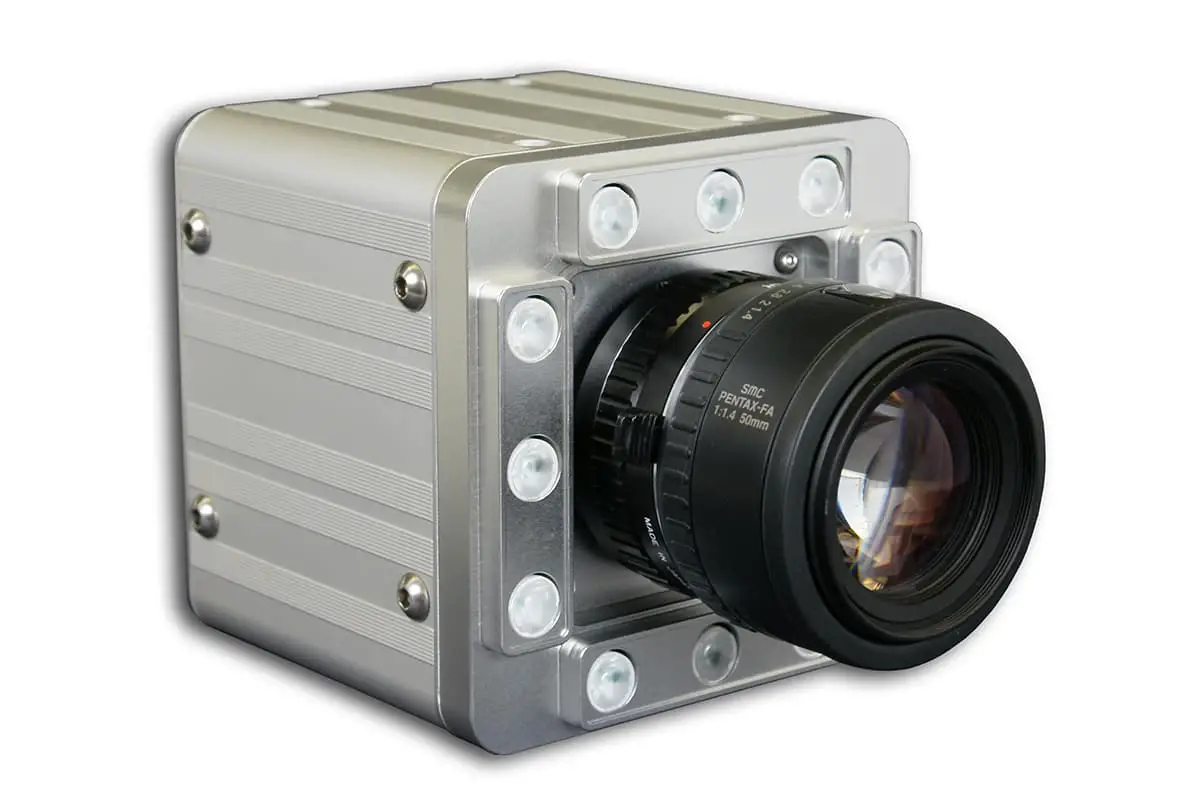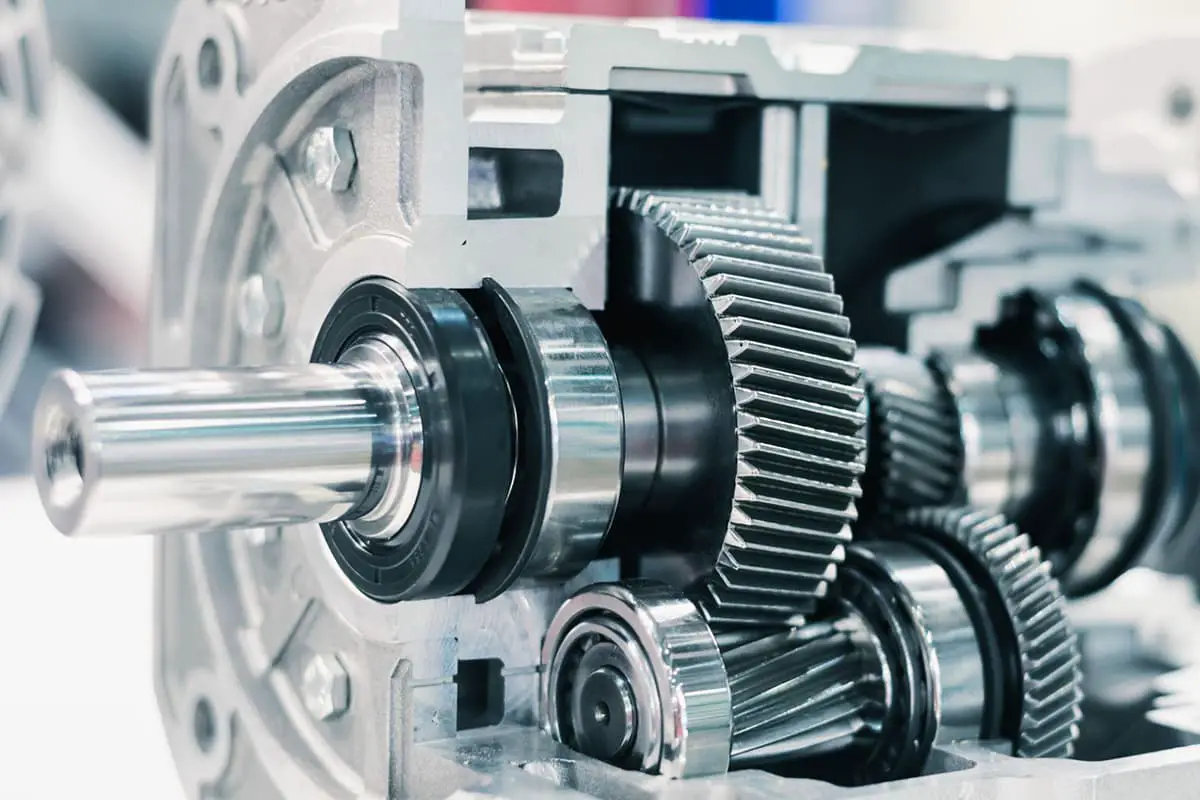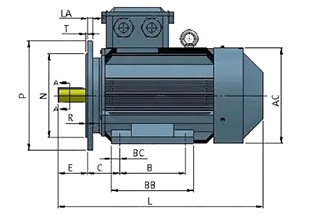
Ever wondered why some hydraulic cylinders last longer than others? The secret lies in the seals on the piston. In this article, you’ll learn how different seals impact performance and lifespan, and which types are best for various conditions. Get ready to enhance your understanding of hydraulic cylinder efficiency!
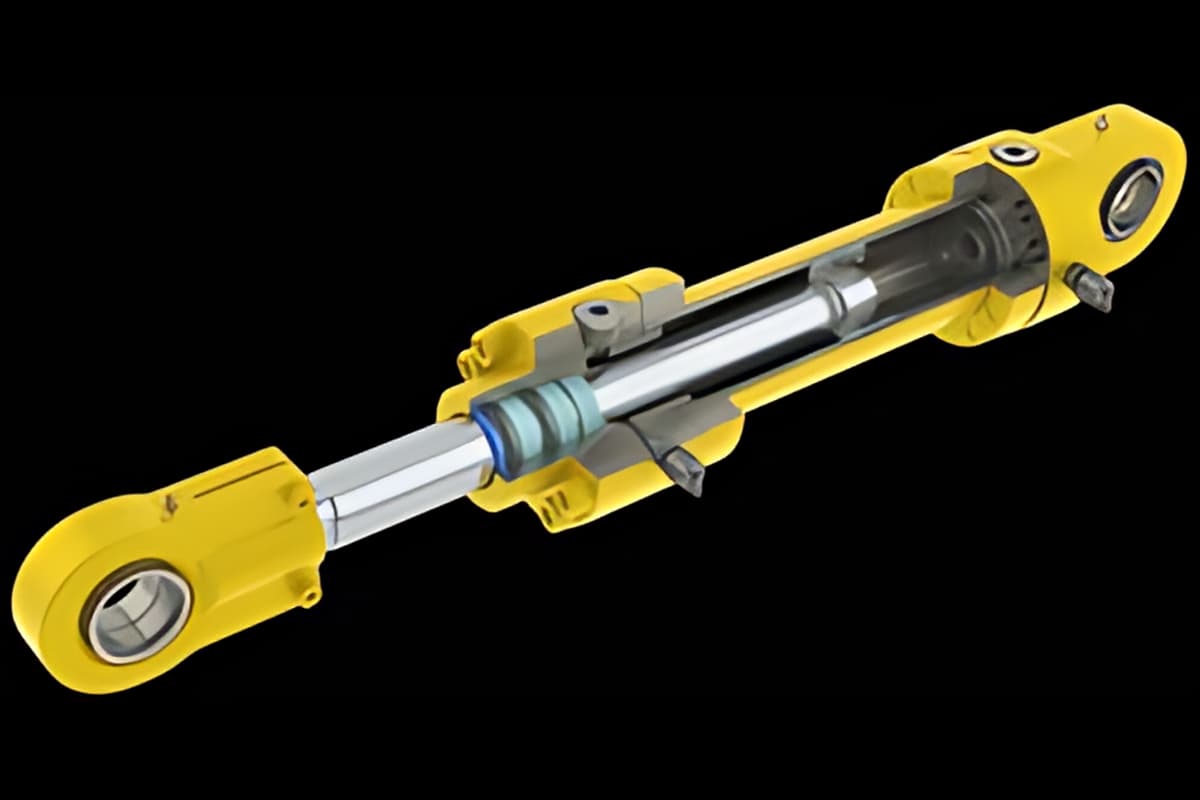
The seal on a hydraulic cylinder piston significantly influences its performance. Poor sealing can affect the piston’s functionality and lifespan.
In severe cases, it can also impact the overall use and longevity of the hydraulic cylinder. Therefore, the sealing of hydraulic cylinder pistons should be given due attention.

The seal, typically installed on the piston, primarily serves to seal the gap between the piston and the cylinder barrel, preventing hydraulic oil leakage. Basic requirements for the sealing device include excellent sealing performance that improves with increasing pressure.
Additionally, it should have low friction resistance, oil resistance, corrosion resistance, wear resistance, a long life, and be easy to manufacture and disassemble.
Hydraulic cylinders mainly use seal rings for sealing. Commonly used seal rings include O-shaped, V-shaped, Y-shaped, and composite types. The materials used for these seals are oil-resistant rubber, nylon, and polyurethane.
The O-ring is primarily used for static sealing. It is conveniently installed and cost-effective, capable of operating within a temperature range of -40 to 120°C. However, compared to lip seals, it exhibits greater motion resistance and is prone to twisting during dynamic sealing. Therefore, it is generally not used independently for hydraulic cylinder dynamic sealing but combined with other sealing components.
During the installation of any seal, an appropriate amount of pre-compression must be ensured. If it’s too small, it cannot seal; if it’s too large, the friction increases, and it is more likely to be damaged. Consequently, the groove size and surface precision for seal installation must be strictly safeguarded as per the data given in the relevant manuals.
In dynamic sealing, when the pressure exceeds 10 MPa, the O-ring can get squeezed into the gap and get damaged. To prevent this, a back-up ring made of polytetrafluoroethylene (PTFE) or nylon, with a thickness of 1.25-2.5mm, should be placed on the low-pressure side of the O-ring.
If it is subject to high pressure from both directions, back-up rings should be added on both sides. The structure is depicted in the following diagram.
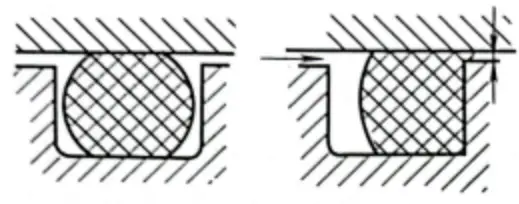

The cross section of a V-ring, also known as a V-shaped seal, is V-shaped as shown in the diagram below.

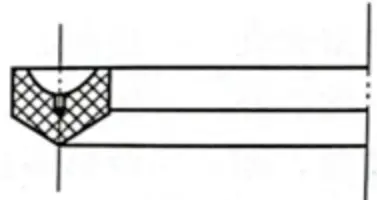

The V-shaped seal assembly consists of a compression ring, V-ring, and support ring. When the operating pressure exceeds 10MPa, the number of V-rings can be increased to enhance sealing efficiency. During installation, the opening of the V-ring should face the side with higher pressure.
V-shaped seals exhibit excellent sealing performance, high-pressure resistance, and long lifespan. By adjusting the clamping force, optimal sealing effects can be achieved.
However, V-shaped seals have relatively high frictional resistance and large structural dimensions, and are primarily used for reciprocating motion sealing of piston rods. They are suitable for operation under conditions with a working pressure of p>50MPa and temperatures ranging from -40 to 80℃.
Y-shaped (YX) rings, also known as Y-rings, have a Y-shaped cross-section, and are categorized as lip-type seals. These seals are known for their excellent sealing properties, stability, pressure resistance, low friction, and long lifespan, making them widely utilized. Y-rings are primarily used for reciprocating motion seals.
Depending on the ratio of length to width in the cross-section, Y-rings can be classified into two forms: wide cross-section and narrow cross-section. The figure below illustrates a wide cross-section Y-shaped sealing ring.
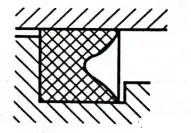
The sealing function of the Y-ring relies on the intimate contact of its lip edge with the coupling surface, and it generates a significant contact pressure under the influence of hydraulic oil to achieve the sealing objective. As hydraulic pressure increases, the lip edge adheres more tightly to the coupling surface, the contact pressure is higher, and the sealing performance is better.
When installing the Y-ring, the lip mouth end surface should face the side with high hydraulic pressure. When the pressure changes significantly or the sliding speed is high, a support ring should be used to secure the seal ring, as shown in the figure below.
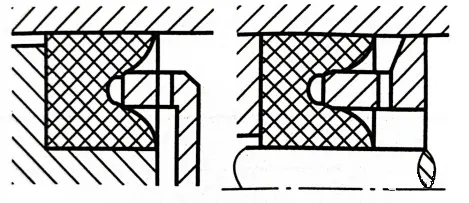
Broad cross-section Y-rings are typically suitable for applications where the working pressure is less than 20 MPa, while narrow cross-section Y-rings are generally appropriate for operations under a working pressure less than 32 MPa.
Commonly, Y-type seals are selected for hydraulic cylinder pistons. If the cylinder operates at a high speed and under medium to high pressure, a Glyd ring should be chosen — this is a combination of a rubber O-ring and a PTFE ring.
For high-pressure cylinders operating at slower speeds, where internal leakage needs to be strictly controlled and pressure retention is required, V-type combined seals can be selected.
If both high speed and high pressure are required, along with pressure retention, a tailored seal design will be necessary – the specific plan should be determined based on the specific circumstances. For low-pressure cylinders requiring pressure retention, rubber material should be selected.

